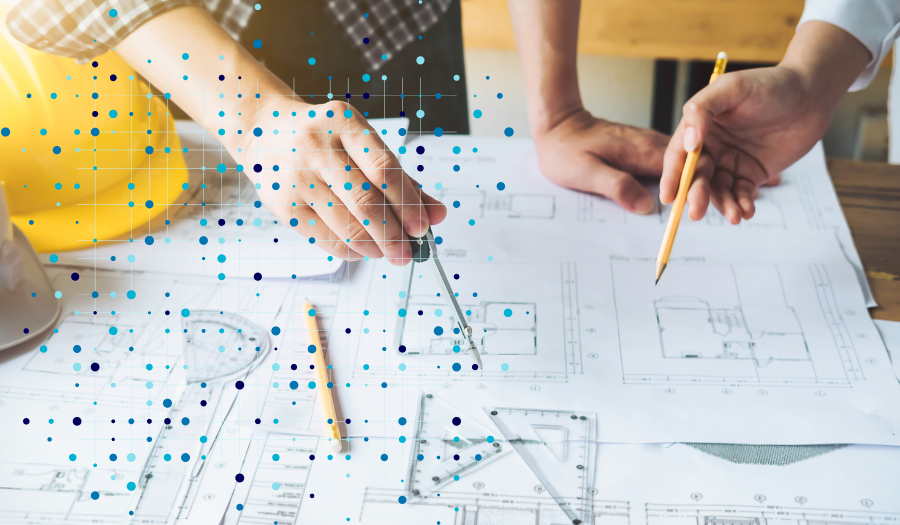eDiscovery is typically the most labour-intensive aspect of the litigation process, for all disciplines of law. eDiscovery tools are designed to help combat this by introducing efficiencies in the form of consolidated searching, concept clustering, enhanced data security and the availability of AI tools that help speed up your processes.
These tools afford those who use them a far simpler, more streamlined eDiscovery experience, however, certain industries have a more difficult time of eDiscovery than others. In this blog, we will be exploring the stand-out difficulties lawyers face in construction eDiscovery and how the available tools can be manipulated to best support their unique challenges.
Fragmented Data Sources:
When dealing with construction litigation you are often having to work with data that many different entities and data controllers own. This can make collating this evidence in a forensically safe way quite problematic. Data is spread over a greater range of devices, often in multiple locations and varying conditions. Bringing all of this data together can therefore require more nuanced processes than a standard data collection. You must also consider the security of your data that much more, as more people will be affected by any form of data breach or discrepancy when you have a greater number of custodians involved in eDiscovery.
To combat these issues, we would recommend always using a data management platform that has been designed to promote collaboration safely and securely. The RelativityOne platform has fantastic scalability, enabling it to handle large quantities of data in its secure cloud environment. Pair this with a forensic collection undertaken by a seasoned professional, such as one of our Altlaw experts, and you have the beginnings of an efficient, effective eDiscovery project.
At Altlaw we offer a variety of collection services. Take a look at our Collection Blog to determine which option best suits your collection needs.




